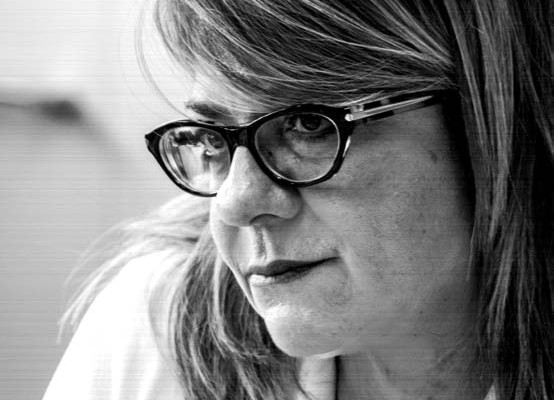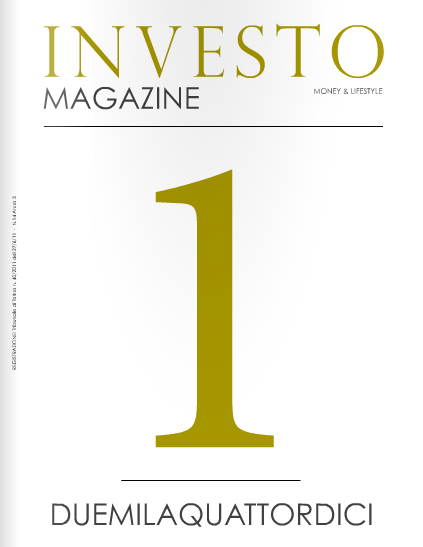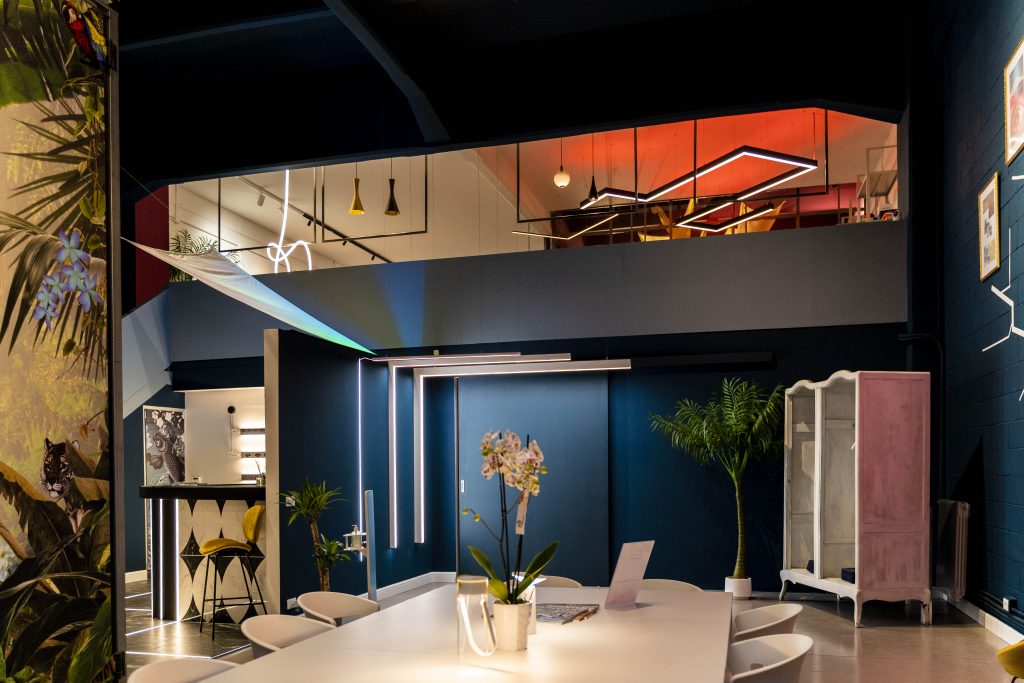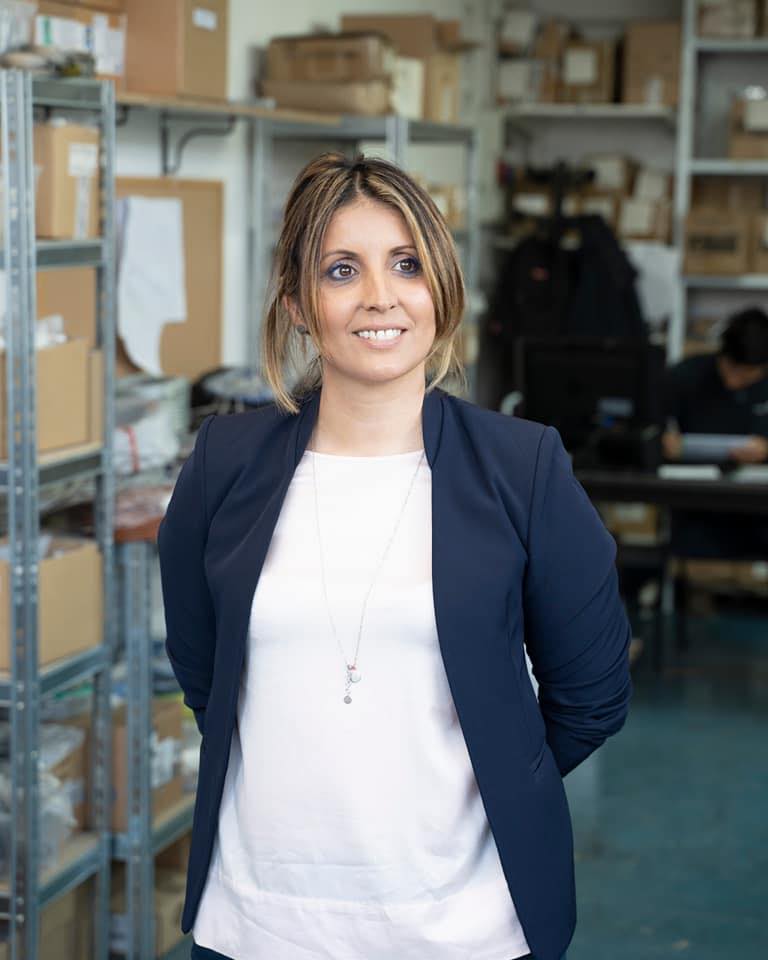Loro ce l’hanno fatta e lo hanno raccontato al 5° salone dell’imprenditoria femminile e giovanile. Donne che nell’impresa hanno trovato una nuova vita professionale. Donne che hanno saputo rompere gli schemi e riprendersi il futuro. Un successo che vale doppio in un paese come l’Italia dove il lavoro femminile è ancora sottopagato rispetto a quello dei colleghi maschi e dove reinventarsi un mestiere è quasi impossibile per colpa della burocrazia e di tanti altri ostacoli. Dai dati forniti nel primo semestre 2013 le imprese femminili registrate in Italia erano 1.429.880 circa il 23,6% del totale. Nel 12% dei casi si trattava di attività giovanili (al di sotto dei 35 anni) e nell’8% di aziende straniere. Con 110.705 imprese femminili, il Piemonte rappresenta il 7,7 del dato sull’intero paese mentre le relative attività giovanili e straniere costituiscono rispettivamente il 10,6% e 7,6%. A livello nazionale i settori maggiormente coinvolti nel fenomeno riguardano il commercio (il 28%), i servizi alle imprese (il 16,3%) e l’agricoltura (16,2%). Cresce soprattutto il numero delle attività operanti nell’alloggio e ristorazione (il 9,2%) e nelle costruzioni (il 4,7%). Dalla fotografia delle donne vincenti sono emerse alcune caratteristiche che le stesse hanno condiviso nel loro percorso di affermazione nel mondo dell’imprenditoria. Nel 60% dei casi, le donne capaci di dare una nuova chance alla propria vita professionale attraverso una scelta imprenditoriale provengono da un’esperienza di lavoro dipendente. L’età media delle nuove imprenditrici si attesta sui 40 anni e il 70% di loro ha conseguito una laurea. La vita di coppia non costituisce un ostacolo, ma rappresenta un supporto nel progetto di reinvenzione professionale. Inoltre nei loro racconti un’imprenditrice su due individua nella ritrovata autostima il principale risultato derivante dalla nuova strada intrapresa a fronte di un 9% che indica nell’importanza di poter conciliare lavoro e famiglia e di 7% che si dice gratificato della raggiunta autonomia economica. Sul fronte delle difficoltà, invece, quasi il 50% ravvisa ostacoli, e non pochi, nel reperimento di finanziamenti seguito dall’esigenza di personale qualificato.They made it and they told us how at the 5th women and youth enterprise show. Women who have found in being entrepreneurs a new professional life. They are all women who have broken the mold and have taken the future back. It is a double success in a country, Italy, where jobs for women are still underpaid compared to their male colleagues and where to reinvent a career is quite impossible due to bureaucracy and many other obstacles. From the given figures of the first semester 2013, the registered female enterprises in Italy were 1.429.880, about 23,6% of the total: 12% are young entrepreneurs (under 35 years old) and 8% are foreigner enterprises. With 110.705 women enterprises, Piedmont represents 7,7% of the figure for the entire country, whereas the youth entrepreneurs represent 10,6% and the foreigner enterprises 7,6%. On a national level the sectors involved the most by this phenomenon are: commercial businesses (28%), business services (16,3%) and agriculture (16,2%). The number of businesses in the food and accommodation industry (9,2%) and constructions (4,7%) are on a rise. Some common characteristics came out from the picture of these winning women; characteristics they all shared during their path to success in becoming entrepreneurs. In 60% of cases, women who gave their professional life a new chance through entrepreneurship were once employees. The average age of these new businesswomen is 40 years old and 70% have a degree. Being in a relationship is not an obstacle, but it is instead a support in the project of a new career. Besides, in telling their stories, one businesswoman out of two affirms to be the newfound self-esteem the most important result of this new challenge, as 9% affirms that it is the importance to reconcile work with family and 7% to be rewarded by the economic independence. As far as difficulties, 50% sees obstacles, and not few, to find financial support and skilled personnel.
1)Is tourism still a leading sector in Italy? And where do we stand in Europe?
Italy is still the fifth world power in international incoming tourism but unfortunately it loses competitiveness year after year. Some statistics show Italy to be already at seventh or eighth place. Placement is not important compared to a falling trend that does not seem to stop. Today the industry produces 10% of GDP but it could be easily doubled if we would be able to make the system more efficient.
Italy is and remains a primary destination but today it represents only a part of the whole, especially for the new inflows from Asia Pacific.
We were not able to consolidate our leadership – strongly in French hands – because we were not able to enhance what we have and we focus only on the resources from the past without implementing a complete modernization of the cities.
The example is Venice, where we continue to live by what has been built in the past as only attraction, without a heritage preservation policy and a promotion for new events. I still remember in Venice where the organization of outstanding exhibitions of international appeal was the example of giving a new life to of the historic heritage. I am talking about preservation and innovation as it was done in Paris and London.
2)It has been always more difficult for women to achieve high professional level in the workplace. Could you tell us how you did it?
It would be easy to say that I have found difficulties in my workplace because it is what everybody expects it would be but, honestly, I did not experienced any particular difficulties or obstacles in my professional career. Ever since, my professional goal was to become a manager and work in Milan. I have achieved my goal by working hard and learning a lot from my bosses, all of them were men, from which I have learned what should not be done.
Sometimes I felt underestimated but over time this became one of my strength: when you are underestimated you are not expected to act in a certain way and this is an unexpected surprise. I worked abroad and then I worked in companies that allowed me to express my organizational, strategic vision and innovation skills. For my current position I was chosen by a President and a all-men Board of Directors, which members were all men. I do not consider myself a lucky person: discipline and determination brought me some results.
3)What is the secret that makes your communicative strategy the focus of your professional success?
I try to be always clear and straightforward. I meet with the members of my team and I listen to them: our is not an oligarchic organization and the staff, in every moment, could bring new ideas and projects. In Best Western the decision-making is dynamic and simple: projects are shared and approved and eventually improved during our “theme groups” that see the direct involvement of all our management. In doing so, all the business stream is affected by transparency that allows the involvement of all the staff first hand.
4) In the current tourist market, how important is to offer a balanced mix between quality, services and communication?
As never before, purchasing behaviors are changing. Many are the purchase opportunities for the customer who behaves accordingly. We go after a loyal customer that does not act like one because, of course, he has a goal to reach and he behaves accordingly. It is one of our task to communicate with him, today it is done almost completely on line, and make him understand that our brand means quality and dedicated services.
The quality issue needs an in-depth analysis: our hotels standard of quality is certified every 11 months because some standards of comfort and cleaning can never be taken for granted and because we have to allow the Best Western hoteliers to be competitive on the market. However, the quality changes into “perceived quality”, and the peer to peer judgment is really important because it is the driver for choosing the next customer. We believe to be pioneers in this field: since 2008, you can check on our website all the scores of our customer satisfaction questionnaires.
5)In the occasion of the last Woman and Youth Entrepreneurship International Showyou talked about your cooperation with your younger employees. Your philosophy is based on loyalty and not on fidelity. How is this approach important in your profession?
It is fundamental. I always try to have a lay and non-judgmental approach. Young people, sometimes, try to consider Best Western a finish point rather than a starting point, which is pretty much understandable nowadays. That’s why, since 2011 all the staff members – regardless of position and responsibility – have been involved in a path to leadership and personal development. In cooperation with B-Motion, a European coaching company managed by Massimiliano Saccarelli, all employees have made a one year journey to plan their own personal and company mission, that continues today focusing on different theme groups.
At the end of the course, some young men choose to take a different path, some of them following their more insane passion: somebody wished to work at the Revenue Agency! Be aware of your vocation in order to change path moved by desire and not by your needs. And, as the General Manager, I was fully satisfied with the result.
» 2013 - Numero 6 » Working womenWorking women






 youhost
youhost